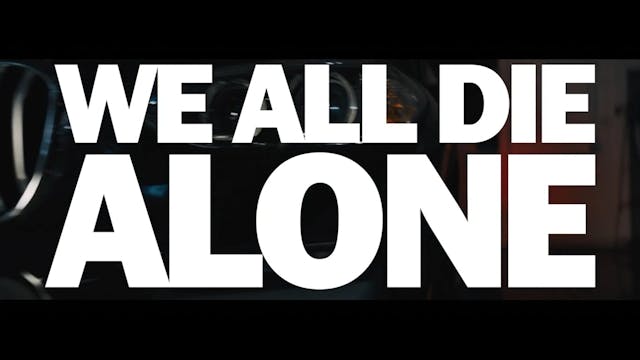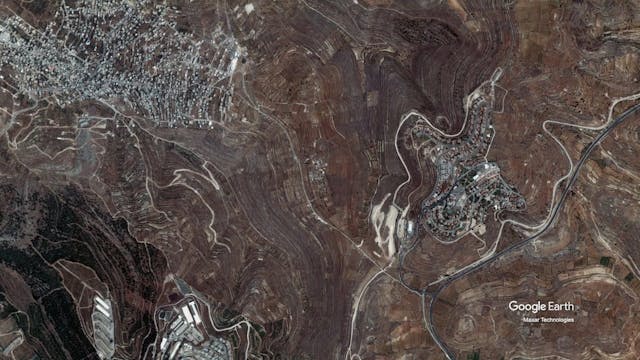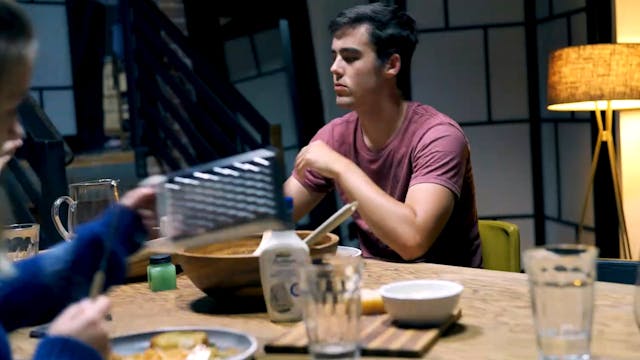WATER IS LIFE: FROM STANDING ROCK TO THE SWAMP, 24min., Documentary/Environment
SHORT & FEATURE FILMS - Newly Posted
•
24m
LOGLINE
On the banks of Louisiana, fierce Indigenous women are ready to fight—to stop the corporate blacksnake and preserve their way of life. They are risking everything to protect Mother Earth from the predatory fossil fuel companies that seek to poison it.
STORY SYNOPSIS
L’EAU EST LA VIE: FROM STANDING ROCK TO THE SWAMP follows water protector Cherri Foytlin as she leads us on a no nonsense journey of Indigenous resistance to the Bayou Bridge Pipeline (BBP) in the swamps of Louisiana. At the film’s opening, viewers are introduced to the Atchafalaya Basin, which was once a Maroon colony--a critical hub of Indigenous and black resistance. Cherri recounts her first-hand experience with the environmental destruction caused by the BP oil spill and how it devastated a local crawfisher man and his way of life. This event caused Cherri to take a hard look in the mirror and ask herself--how did I contribute to this and what can I do to change it? It’s in that moment that the fire of resistance is ignited and Cherri’s life takes a sharp turn. This seed grows into the L’eau Est La Vie Indigenous resistance camp led by a council of Indigenous women, including Cherri Foytlin and Anne White Hat. As the documentary unfolds, we get an on the ground glimpse into the 100+ non-violent direct actions that laid the base for the strongest resistance in Louisiana history.
Imagine a badass environmental activist dressed in red, with matching painted finger and toe nails, climbing a pipeline crane 60 feet in the air to shutdown a worksite. Imagine a fierce Indigenous warrior making a powerful call for public support when the police have their boot on her back and their arms around her throat. Picture what’s possible when people decide to fight for their community and bend the arc of justice to the grassroots.
The backlash to Cherri’s work has been ongoing death threats and physical violence. And although that violence was meant to silence her, we hear from Cherri that it actually took away her fear and emboldened her organizing. This film delves into the complex reasons that compel organizers to risk everything, including their lives, to protect their communities from irreversible corporate harm.
"If our leaders won’t stand up to stop this pipeline and protect our water, then we the people of Louisiana will. We are building the L’eau Est La Vie camp to protect our water and our way of life from the Bayou Bridge pipeline."
-L'eau Est La Vie (Water is Life) Camp Statement
The L’Eau Est La Vie (Water is Life) Camp is an Indigenous resistance camp fighting the Bayou Bridge pipeline from a place of love. Bayou Lafourche provides drinking water for 300,000 people. That drinking water will be contaminated when (not if) this pipeline leaks. The fight for water didn’t end in Standing Rock. The Bayou Bridge Pipeline is an extension of the Dakota Access Pipeline (DAPL) built by Energy Transfer Partners. We’ll hear from Patch, a water protector, who followed the black snake (pipeline) from his homeland in the Dakotas down to the swamps of Louisiana.
Next the film travels to the Black historical Freetown community of Saint James Parish in “Cancer Alley,” Louisiana. We meet Eve Butler and Sharon Lavigne, residents who are fighting back against industry and the Bayou Bridge Pipeline that’s trying to get into their already poisoned community. The film takes us to a march against a new chemical plant that wants to come in, Sharon’s daughter chokes up as she tells her community about her 3-year old child whose “nose doesn’t work” due to the overwhelming petrochemicals in the area. Saint James residents are plagued by environmental racism which manifests as debilitating cancer, birth defects, asthma and skin conditions. That’s why it’s critical that L’Eau Est La Vie Camp and the St. James community are fighting back together.
This documentary is grounded in Indigenous world views that, to the world’s detriment, have been historically marginalized or actively and violently erased. Through Cherri’s charisma, humor, and heart-felt facility with words, a multigenerational audience from diverse backgrounds can connect to her humanity and be pulled into the larger struggle for Indigenous Sovereignty. Cherri brings to the forefront the possibility of resistance, perseverance, and the power of what is possible, even in the midst of deep personal pain and a multinational corporation with billions of dollars and the backing of state forces.
The film reveals that this struggle is not over a singular pipeline. Rather, the pipeline is one piece of an ongoing legacy of colonization and slow genocide. At the heart of the struggle is a battle between people and profit. We learn from Cherri that to confront the multiple interconnected issues threatening our planet, we must be radical in our imagination and bold in our actions--and that most of all that the fight must be rooted in deep love.
The fight for water and life continues in the Bayous of Louisiana! Come along on the journey.
Directed by Sam Vinal
Produced by Melissa Cox
Cinematography: Sky Richards
Up Next in SHORT & FEATURE FILMS - Newly Posted
-
WE ALL DIE ALONE, 13min., USA, Comedy...
The hubris of an inept conflict negotiator leads two warring gangs into an 8-way standoff. The consequences are both comical and tragic in this whip-smart short.
https://www.facebook.com/We-All-Die-Alone-103271925376147
https://www.instagram.com/wealldiealonethemovie/Director Statement
I have ... -
WE REFUSE TO BE ENEMIES, 9min., Canad...
The film is about Daoud Nassar, a Palestinian Christian who lives
under constant threat of land confiscation by the Israeli government and harassment from the surrounding Israeli settlers.Last November we travelled to his small family farm, Tent of Nations, located 9 kilometres southwest of Be...
-
WHAT I SHOULD HAVE SAID short film, 4...
A family is in pain after losing their mother and wife. Will these family members say what they desperately need to say? Or will their fractures deepen?
Director Statement
I wrote and produced WHAT I SHOULD HAVE SAID because the dining room table is the center of so many families. It's sometimes...


